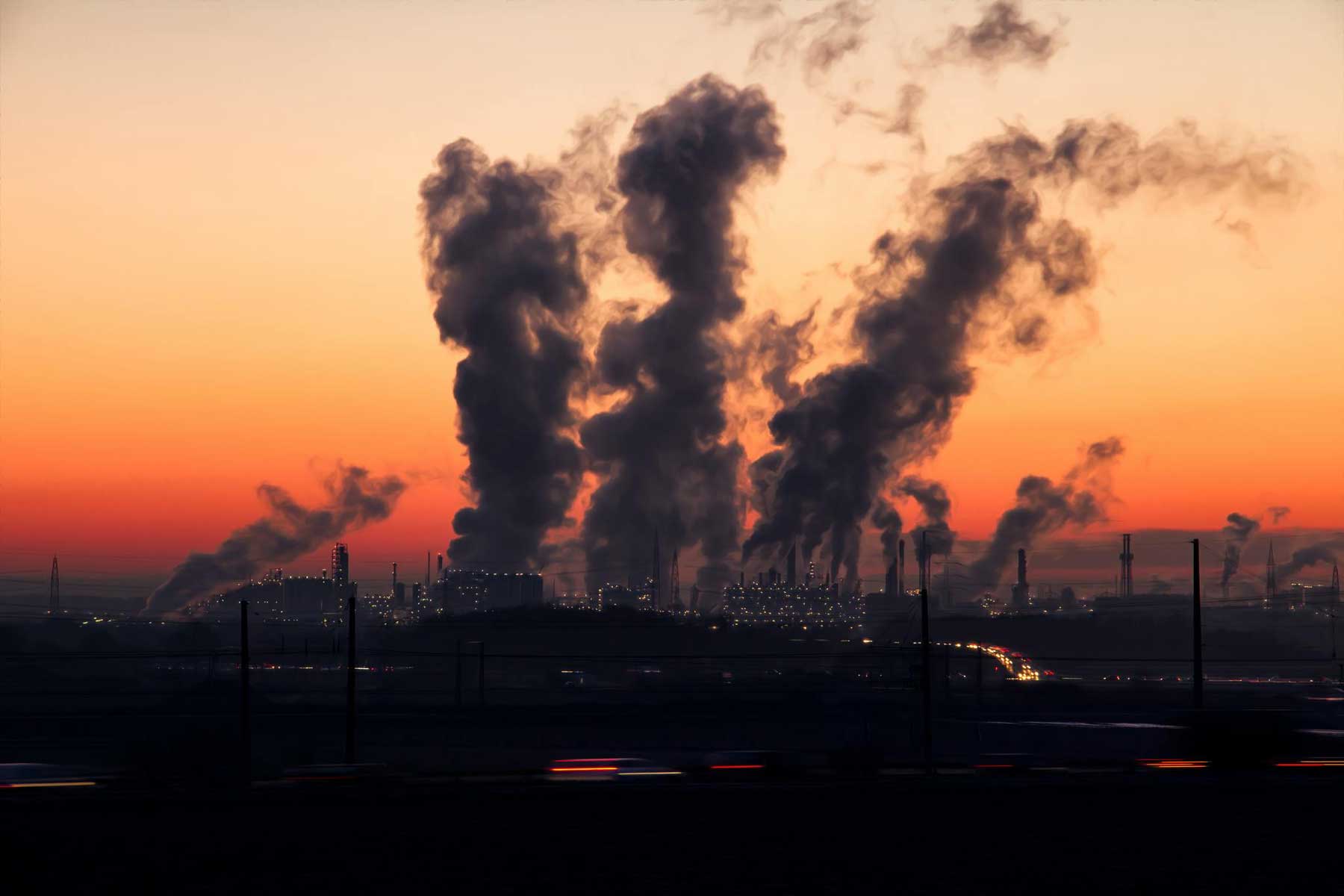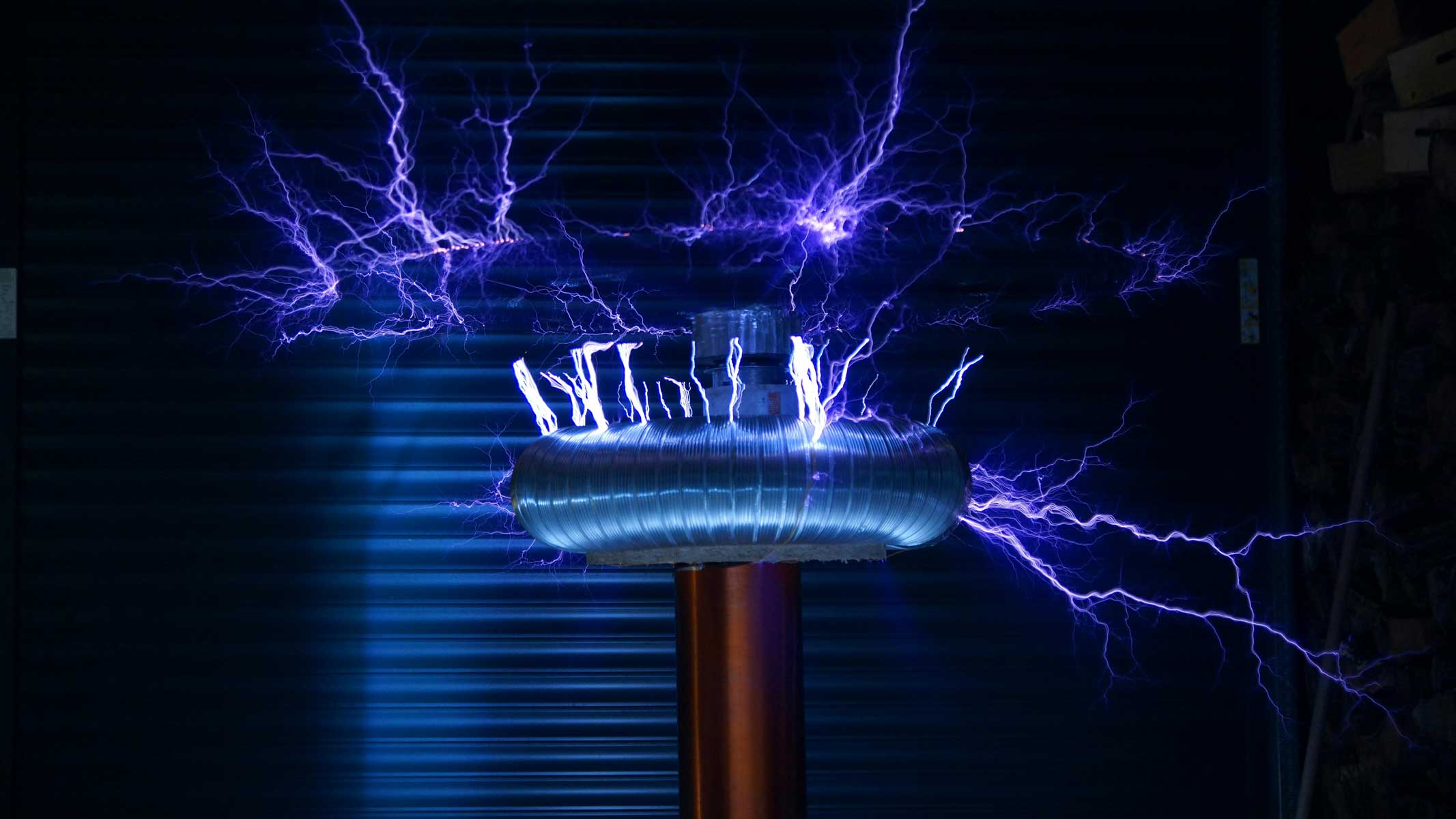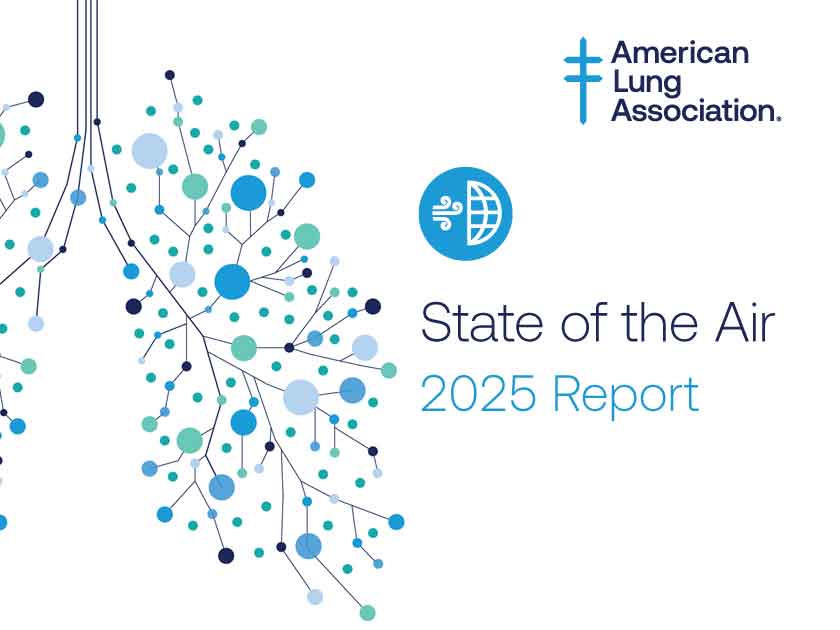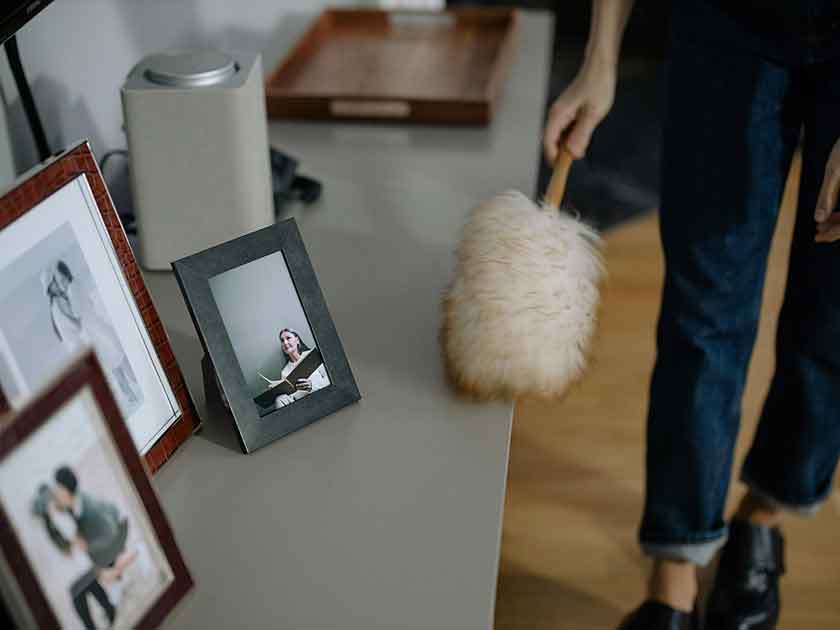
Summary
- The Air Quality Index (AQI) is a 0–500 scale measuring pollution levels, with higher numbers and colors like red or purple signaling unhealthy or hazardous conditions.
- Major AQI contributors include fossil fuel power plants, vehicles, industry, wildfires, weather inversions, and seasonal pollen surges.
- Poor AQI can trigger immediate symptoms like coughing, throat irritation, and fatigue, and long-term issues such as asthma, COPD, heart disease, and impaired immune function.
- Children, seniors, pregnant individuals, and people with respiratory or cardiovascular conditions are at highest risk from poor air quality exposure.
- Protective steps include limiting outdoor activity, sealing your home, running HEPA air purifiers, and adopting energy-efficient and clean-air practices to reduce community pollution.
You may have noticed that your weather app now has a number labeled “Air Quality Index” or simply “AQI”. This has nothing to do with the temperature or the humidity, but it can have a big impact on how you spend your day. In recent years more attention has been paid to AQI and how it affects our daily life as well as long term health. But what does that number mean and why should we pay attention to it? We’ll look at how AQI affects everyone and how you can keep yourself and loved ones safe from poor air quality.
Understanding Air Quality Index and How It Works
To better understand air quality experts came up with the Air Quality Index (AQI). AQI is a scale that measures how clean or polluted the air is in a given area. It is measured on a scale from 0 to 500 and graded by colors:
- Green = 0-50, little to no health risk. Feels like a fresh, spring day.
- Yellow = 51-100, acceptable but may impact the health of sensitive individuals. Feels a busy weekday morning in the city.
- Orange = 101-150, may impact the health of sensitive groups. Feels like sitting in traffic in a big city.
- Red = 151-200, unhealthy and may impact the health of everyone. Fees like being downwind from a wildfire.
- Purple = 201-300, very unhealthy and will likely impact the health of everyone. Feels like being near an industrial accident.
- Maroon = 301+, hazardous for everyone’s health. Feels like being in the middle of a smoke choked wildfire.
AQI is calculated using a complex number of pollutants level inputs. Measurements of key pollutants typically include:
- Ozone
- Particulate matter (PM2.5 and PM10)
- Carbon monoxide,
- Sulfur dioxide
- Nitrogen dioxide
Each pollutant is weighted by how it impacts health. While the equation itself is complicated, the end result is a numerical representation of the pollution in the air.
AQI can vary widely by location and even time of day. While you may think bad AQI is only an urban problem, some areas with bad AQI are quite the opposite. Things like pollution sources, weather, time of day, seasons, and geography all play a part in air quality.
What Is Considered Poor AQI?
On the AQI scale anything above 151 is considered unhealthy. Anything above 51 might affect people with sensitive medical issues, so the scale is not absolute. Once AQI rises over 100 sensitive groups need to limit their exposure if possible. Even a moderate reading like 70 can still trigger an asthma attack depending on the individual's triggers. Once AQI crosses over 151 everyone may start feeling the health effects like coughing or irritated nose and throat. What is considered a normal AQI for an area varies (but still adheres to the health risk scale). Cities with developed industrial areas and bustling highways may always hover around 80. But a small coastal town off the beaten path may have a nice low average AQI score of 25.
Major Causes of Poor Air Quality
Now that you know how AQI is measured, what are the major sources of bad AQI?
Outdoor Pollution Sources
There are a number of factors that contribute to outdoor air pollution. By far the biggest source globally is power plants that burn fossil fuels. Next is vehicle exhaust emissions and other transportations related pollutants. Industrial activities like manufacturing are also big pollution sources. Construction and development can cause particle and gas pollution. It may be surprising but farming and agriculture activity can cause problems with rural air quality.
Natural Factors That Worsen AQI
Not every reason for bad air quality is man-made, there are natural causes as well. It seems like wildfires are an ever increasing issue, burning not only more areas but more often during the year. Weather patterns can push down and trap pollution against the ground like what happens during a temperate inversion. Likewise wind patterns around mountains and valleys can cause air circulation issues and stagnant air pockets. Dry air and heat can turn soil into fine dust that is easily kicked up. Then there is the seasonal pollen rush that hits some areas like a fifth season of yellow haze. All of these factors can cause bad AQI without human intervention.
How Indoor Air Connects to Outdoor AQI
It should come as no surprise that outdoor air pollution eventually becomes indoor air pollution. It’s difficult to completely seal a home from outside air intrusion, plus you wouldn't want to as a certain amount of air mixing needs to happen to replenish oxygen and remove carbon dioxide. Indoor air pollution sources such as gas stoves, fireplaces, cleaning products and manufactured products that release volatile organic compounds (VOCs) all contribute to bad indoor air quality. If the outdoor AQI is worse than the indoor air, it makes fresh air ventilation impossible. In response some buildings are moving toward solutions that clean the existing indoor air rather than rely on only ventilation.
What Happens When Air Quality Is Poor?
Bad air quality can have wide ranging negative health effects.
Immediate Health Symptoms You Might Experience
The first symptoms that might appear are respiratory irritation and difficulty breathing. There may be itching or burning in the nose, throat or even eyes. Coughing and a feeling of tightness in the chest may occur. Over time you may develop a headache or get hit with sudden fatigue. Any existing allergies or asthma may flare up and worsen with exposure. These are all signs to get to an area with cleaner air as soon as possible.
How Poor Air Quality Affects Your Health Long-Term
Over time there can be long-term health issues associated with air pollution. Cardiovascular issues such as heart attacks, stroke, high blood pressure, and damage to blood vessels can occur. Respiratory damage includes chronic obstructive pulmonary disease (COPD), asthma, increased risk of lung cancer, and increased chances for respiratory infections. The constant attack on the body puts stress on the immune system which can lead to higher chances of other illnesses. Poor air quality also leads to poor sleep quality as irritation to airways can disturb sleep patterns, causing fatigue and even cognitive impairment. For children the risks are even higher as their developing bodies can have long-term damage to the lungs, brain and immune system.
Who's Most at Risk Due to Poor AQI?
Certain people are at a higher risk of experiencing health issues due to bad air. Among those with the highest risks are children due to their developing respiratory systems. On the other side of the age spectrum are seniors who may have health vulnerabilities due to aging. Adults with asthma, COPD or other breathing issues are also at high risk of breathing problems. Anyone with heart disease or other cardiovascular issues is also at risk for additional health issues. Finally, anyone who is pregnant runs the risk of the baby developing health issues now and later on in life.
What You Should Do When AQI Is Poor?
If you find yourself in a situation with poor air quality, there are some steps you can take to protect yourself.
Immediate Precautions for Poor Air Quality Days
Start by passing on any outdoor activities or postponing exercise until air quality improves. Keep an eye on your local AQI and shift your outdoor activities to times when the air is better. Keep windows and doors shut as much as possible when air pollution levels are high. Run the fan on your HVAC system to capture larger airborne particle pollutants and use an air purifier to remove finer pollutants. Ideally run the air purifier constantly to stay ahead of any incoming pollutants.
Protect Yourself and Family During Poor Air Quality
In order to protect yourself and your loved ones you need to create a clean air refuge inside your home. Take all of the immediate precautions listed above but make them a daily habit. Wear a N-95 mask whenever going outside is unavoidable. Those with respiratory conditions that require medication should consult with a doctor as treatments may be impacted by poor air quality. Drink plenty of water and eat a healthy diet to support body functions. Monitor yourself and others for any negative health systems and seek medical help immediately.
How to Protect Your Home During Poor AQI
Here are a few ways to make your home safer from outdoor air pollution.
Immediate Indoor Air Protection Strategies
Start by sealing up your home to prevent outdoor air pollution from getting inside. You can use blue masking tape to temporarily seal gaps and cracks. Try to not use any appliances or products that add to indoor air pollution like the stove or cleaning products. Do use the bathroom and kitchen ventilation fans to remove pollutants as they are generated, but make sure to turn them off once the area is clear. If you have a HEPA air purifier, run it continuously on the highest fan setting.
Long-term Home Air Quality Improvements
If you live in an area that is constantly plagued with poor AQI, it may be wise to invest in a long-term clean air strategy. Start by doing a thorough search and repair of any air leaks including weatherstripping and caulking. Next install an upgraded HVAC filter with a MERV rating of 8 or higher. Be aware that a higher MERV rated filter will restrict airflow, so if you notice uneven temperatures you may need to step down to a lower filter rating. Maintain the HVAC filter on a regular basis to ensure adequate airflow. Invest in either a whole-home air purifier or enough portable air purifiers to cover your home’s square footage.
What You Can Do to Reduce Air Pollution
You can do more than just protect yourself against poor air quality. Here’s how to help protect your neighbors as well.
Personal Actions That Improve Community Air Quality
Your decisions can support clean air for everyone. Think about ways you can conserve energy by using LED lighting, using a smart thermostat, choosing ENERGY STAR certified appliances or washing clothes in cold water whenever possible. Use public transit, carpool, walk, or bike to your destination. Keep your vehicle in good condition so it is as efficient while getting you around. Support clean energy initiatives that make sense in your community. Finally avoid doing things like burning leaves that can make local quality worse.
Home and Yard Practices for Better Local Air
How you manage your yard makes a difference. Give electric yard tools a try, you may be surprised how well they keep up with gas versions. Natural yardscaping requires less mowing and maintenance, which can be a real benefit. Choose local plants that don’t need extra water to survive. Instead of burning leaves, compost them or mulch them back into the yard to maintain the nutrient cycle. Always dispose of chemicals and household waste properly so they don’t end up as air pollution later.
Taking Control During Poor Air Quality Days
Now that you know what poor AQI means and what you can do about it, you can prepare for the days when it happens in your area. Stay informed by checking your local outdoor air quality daily. Don’t forget about indoor air quality though. It may be worth investing in an IAQ sensor or an air purifier that has one built-in. You can make a difference in your local air quality not only today but into the future.

 Do Ionizer Air Purifiers Work and Are They Safe?
Do Ionizer Air Purifiers Work and Are They Safe?




